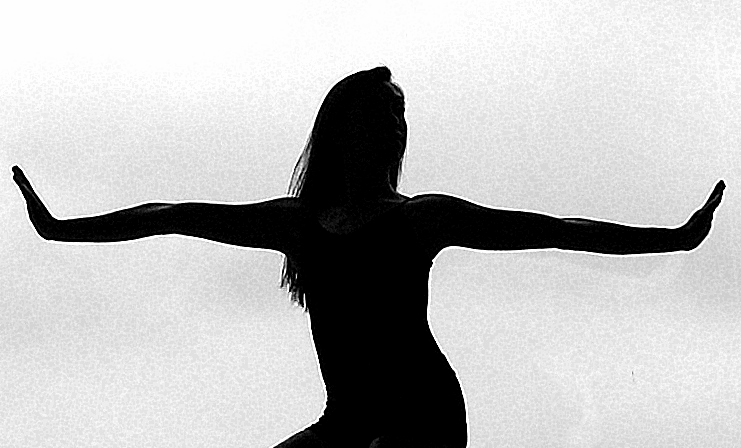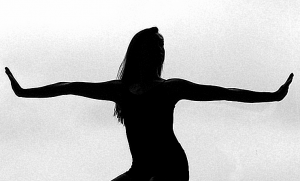Is Art Only For Whites? Sometimes It Feels That Way

It’s been a long, long time since I attended a dance class where I was the only person of color in the room. Years, actually, since I live in what’s (now) a good-sized city and the studio I go to attracts a wide variety of folks from all backgrounds due to its central location. Also, I’m currently on a kick of studying Middle Eastern dance, which by its very nature draws a funkier set of women.
However, I recently had the experience of attending some classes out in the “burbs” and having that experience of walking into the room and realizing within seconds that there is no other woman of color in the place.
It brought me back to my childhood, and all the times I stood in the back of the class while the smaller, thinner, blonder women, the “preferred” body type and ethnicity, stood in the front and received most of the teacher’s attention and praise.
I think back to being that girl — that tall, shy Asian teenager who tried her best to do her makeup according to the Avon makeup book, in which all the facial templates were those of Caucasian women with light hair. When I didn’t get the same response to my blue eyeshadow as my lighter haired and more European countenanced peers, I thought it was because I was doing something wrong. I was too young then to recognize that the difference in the template itself had a lot to do with it.
I’d say that during the first 10 years of my dance life, I never saw a woman of color either in a teaching or lead performing role, and even after that it was — and still is — rare. And, in looking back on that, I realized that this alone was a factor in why I automatically went to the back of the class.
I simply “knew” that I did not belong at the front. That I was not the dancer that the teachers or choreographers wanted to cultivate.
When I got the feedback that there was not much of a call for an “ethnic look” for a particular dance piece, I accepted this information without question — not understanding that I was also accepting the assumption that the work and training I committed myself to was not worth as much as that of my peers who were white. After all, these were abstract dance pieces, not historic enactments of events on the Mayflower; why would the question of an ethnic type even be relevant? But I accepted that.
I accepted that I was worth less. Years later, when I went to see the film “Black Swan,” I noticed that the “evil” counterpart to Natalie Portman’s character has darker hair and skin. And I thought to myself that maybe things just haven’t changed that much after all.
Elaine Dove is an artist and healer living in Austin, Texas. For more information, visit her blog.
[Photo By Cameron Cassan]

